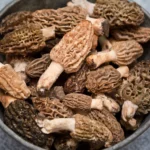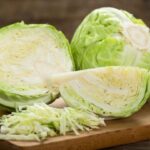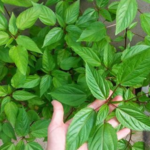Morel mushrooms, a delicacy prized by gourmet chefs and food connoisseurs worldwide, boast a unique appearance and an even more extraordinary flavor profile. Known as “belly mushrooms” in Vietnamese, this variety stands out with its dark brown, wrinkled, and honeycomb-like surface. A rare find in the wild, these mushrooms have an irregular growth pattern, making them a coveted ingredient in the culinary world.
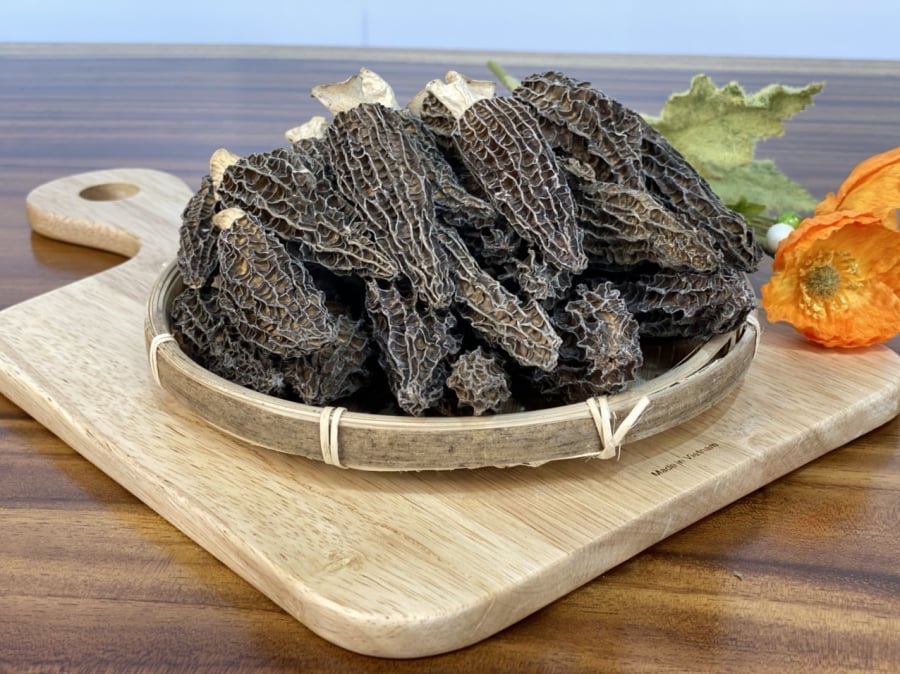
The elusive Morel mushroom, a wild delicacy
Morel mushrooms are a challenge to cultivate artificially, adding to their allure and high market value. They are a favorite among top chefs in Asia and Europe, who incorporate them into their exquisite dishes. The taste of these mushrooms is described as a sweet and fragrant experience, with earthy overtones and a distinctive aroma.
The mushrooms grow in clusters on decaying trees, under fallen leaves, or in moist, humus-rich soil—the perfect natural habitat for their development. Dedicated mushroom foragers often spend entire days in the forest, rising early to search for these prized fungi, and are rewarded with only a handful of finds.
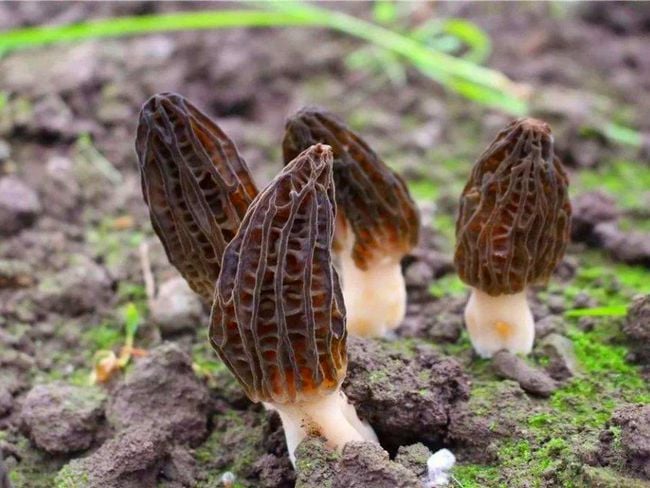
A rare find: Morel mushrooms growing in their natural habitat
The unusual growth habits of Morel mushrooms contribute to their scarcity. They cannot be cultivated using traditional methods and instead, choose to grow naturally in forests, moving locations with the seasons, making harvesting a difficult task.
In India, the Himalayas provide an ideal environment for these mushrooms, locally known as ‘gucchis.’ They thrive in clusters on decaying wood, fallen leaves, or humus-rich soil—areas with the perfect moisture levels for their growth. Mushroom foragers start their days at dawn, navigating treacherous terrain, sometimes even trekking through snow, in search of these elusive fungi.
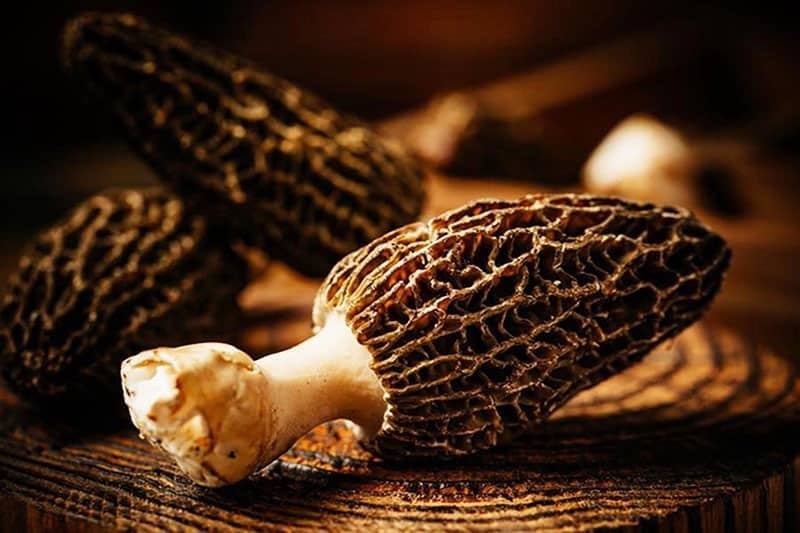
Morel mushrooms in India: A short-lived seasonal treat
The harvesting of Morel mushrooms in India is a community affair, with men, women, and even children as young as six years old participating. While women and children search along the forest edges, men venture deeper into the woods. Each expedition, lasting 5-6 hours, yields only 20-30 grams of mushrooms, sometimes more, sometimes less, and occasionally, nothing at all. The harvested mushrooms are then carefully cleaned, dried, and threaded into garlands to be hung in kitchens or sun-dried for preservation.
Morel mushrooms are versatile in the kitchen, starring in dishes like stir-fries, grills, hot pots, and soups. Beyond their exquisite flavor, these mushrooms offer a host of nutritional benefits. Rich in antioxidants, they help combat free radicals, slowing down the aging process and reducing the risk of age-related diseases.
Notably, Morel mushrooms are one of the few natural sources of vitamin D. Just 100g of these mushrooms provide approximately 34% of your daily vitamin D requirement, helping to prevent osteoporosis, cancer, type 2 diabetes, and high blood pressure.
Additionally, the mushrooms are a good source of iron and phosphorus. Iron is essential in preventing anemia, while phosphorus plays a vital role in maintaining bone and dental health. With such an impressive nutritional profile, Morel mushrooms are indeed a valuable addition to any diet.

























